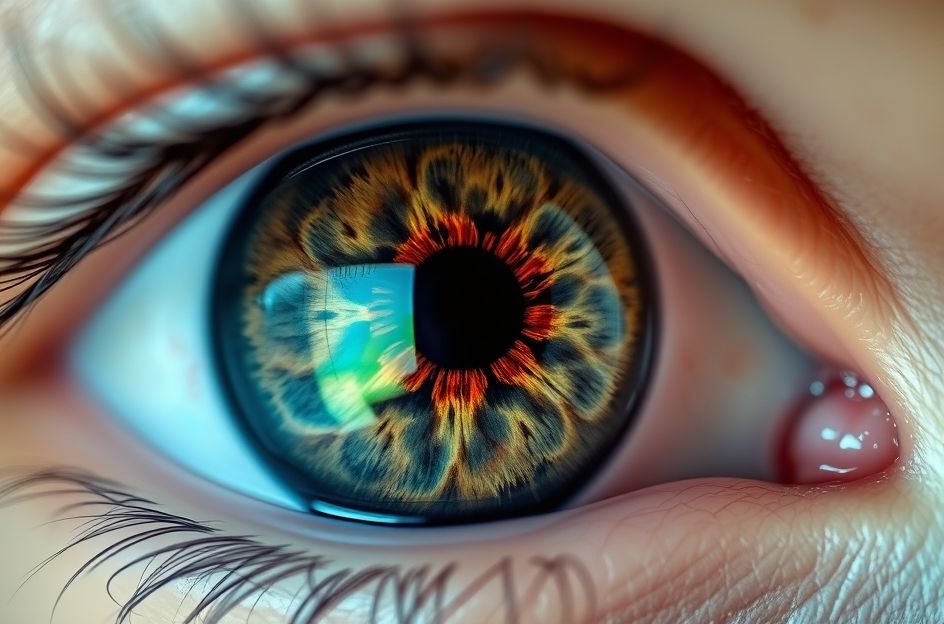Iridology is the study of the iris, the colored part of your eye. Proponents believe the iris provides a window into your overall health. It’s considered a tool for preventive healthcare, offering a non-invasive way to assess physical, mental, and emotional well-being.
The iris is thought to be connected to every organ and tissue in the body via the nervous system. Iridologists analyze the iris to identify potential weaknesses, imbalances, and genetic predispositions. The practice is painless and offers information relevant to both restorative and preventive healthcare.
Sclerology, the study of the sclera (the white part of the eye), is often used alongside iridology. Markings and colorations in the sclera are thought to reflect current health conditions. This concept aligns with traditional Chinese medicine, which views the sclera as a reflection of lymphatic fluid and meridian energy imbalances. Native American traditions also incorporated eye analysis for health assessment.
Through iridology and sclerology, practitioners aim to understand a person’s genetic predispositions, overall constitution, and the influence of organs and glands on the body. Some practitioners also believe that personality tendencies and emotional patterns can be discerned through eye analysis.
Iridology has evolved since the mid-1800s, with researchers like Dr. Bernard Jensen pioneering the field in the United States. Dr. David J Pesek expanded on Jensen’s work, developing comprehensive iris charts that integrate emotional and physical health. Modern technology, including digital imaging, has further advanced the field.
Ongoing research explores the potential of iridology in various areas. For example, the American College of Iridology is studying iris markers to detect early signs of bowel disease. Publications such as the Advanced Iridology Research Journal feature contributions from international doctors and researchers, covering topics like aging, multiple sclerosis, and intestinal health. These sources suggest iridology is taken seriously by many doctors open to alternative methods.
Iridologists do not diagnose diseases but rather identify potential imbalances and weaknesses in the body. This information can then inform lifestyle changes and natural therapies, such as nutrition, herbal remedies, and acupuncture, to promote overall health.
Each eye is thought to provide different information. The left eye is linked to the left side of the body and the right side of the brain (emotional, creative), while the right eye is linked to the right side of the body and the left side of the brain (logical, analytical).
Iridology aims to identify the root causes of stressors on the body, ranging from nutritional deficiencies to toxic accumulations. By understanding these stressors, individuals can take proactive steps to improve their health and potentially prevent disease.
Iridologists encourage clients to share their analyses with other healthcare providers, promoting a collaborative approach to wellness. The eyes offer insight into the body’s healing process, providing clues to understanding the symbols that reflect our health.
